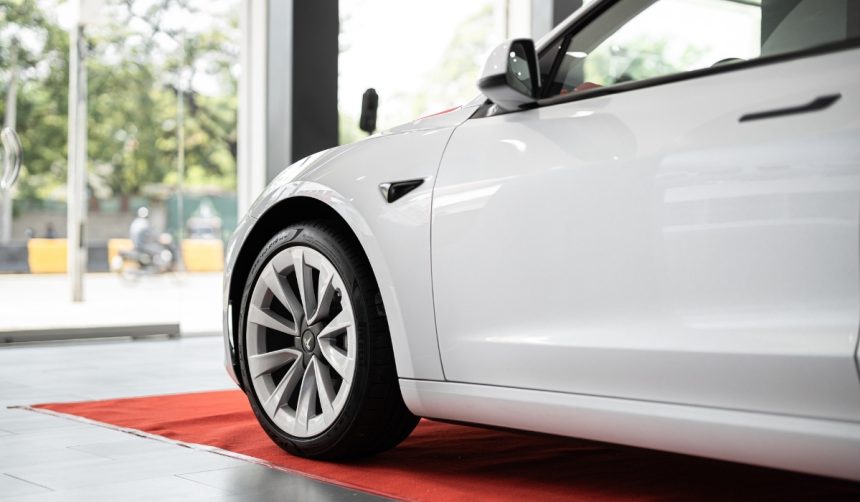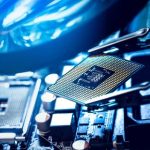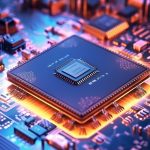Tesla’s ongoing work on the Optimus humanoid robot has garnered attention, with new developments suggesting the device may soon expand capabilities well beyond its current state. The robot’s progression reflects Tesla’s ambition to advance beyond electric vehicles and autonomous driving technology, as Optimus is positioned for integration into daily consumer life and industrial tasks. There is growing speculation on how these robots could participate in household management and support labor-intensive manufacturing operations. With other robotics companies also accelerating innovation, the competition for capable, multipurpose robotics is intensifying.
Recent reports about Tesla Optimus highlight a series of advancements achieved with the second generation, including enhanced mobility, dexterity, and balance. Earlier accounts often focused on Optimus as a distant vision, whereas current statements and released videos now show the robot undertaking practical actions like squatting, dancing, and cooking-related tasks, such as poaching an egg. Insights from previous coverage consistently noted skepticism about timelines and real-world uses, but the introduction of robots within Tesla’s own facilities has shifted perceptions, turning what was once considered a distant concept into a more tangible development. Musk’s ongoing public commentary and demonstrations have maintained sustained media and investor interest.
What Has Improved in Optimus Gen 2?
Tesla’s Optimus Gen 2 incorporates several key technical refinements compared to its predecessor. The robot now weighs less by around 22 pounds, which contributes to superior efficiency and agility. Additional upgrades include a 30% faster walking speed and a significant increase in hand dexterity, with 22 degrees of freedom, doubling the flexibility found in the initial version. Dependable motor control enables Optimus Gen 2 to perform a variety of coordinated actions, ranging from yoga to simple kitchen tasks, while advancements in artificial limbs and sensors support more human-like movement. These modifications aim to refine Optimus for potential industrial applications and eventual consumer use.
What Are the Plans for Mass Production?
Tesla has outlined tentative production timelines, indicating Optimus could enter public production by 2026, with some units set for deployment internally within its manufacturing sites as early as this year. The company aims to scale operations, targeting output of up to 100,000 units or more by the following year.
“So many improvements to come in the next design of Optimus,”
Elon Musk wrote on social media, reinforcing expectations for more advanced iterations. Building the manufacturing line is currently underway as Tesla prepares to escalate production capacity.
How Does Tesla Envision Future Capabilities?
Optimus is intended to carry out a broad range of repetitive or physically demanding tasks, such as folding laundry, cooking, babysitting, and even walking dogs. While these features are currently under development, Tesla envisions upcoming versions handling more complex activities, such as threading a needle, which demands fine motor skills and high-level coordination. The precise nature of new improvements for future models remains unspecified, but there is an emphasis on leveraging Optimus in both manufacturing and domestic environments.
Investment in the Optimus line represents Tesla’s multifaceted approach to robotics and artificial intelligence. Instead of just focusing on high-profile external launches, Tesla’s use of its robots inside its own factories serves as a proving ground, allowing the company to iterate quickly and gather real-world feedback before wide-scale commercial availability. This strategy, coupled with Musk’s frequent updates and ambitious targets, has spurred anticipation as well as questions about achievable timelines, costs, and the practical scope of consumer robots.
With each new generation, Tesla tests both its engineering capabilities and market readiness for humanoid robots. Key differences between current and prior prototypes center on enhanced mechanical design, better balance, and increased autonomy. Readers interested in robotics can track reliability, safety standards, and the breadth of day-to-day applications to assess when such technology might see broader adoption. While a fully integrated multifunctional household robot may still be several iterations away, the continued refinements and heightened transparency from Tesla provide clear indicators of ongoing progress in consumer robotics.










